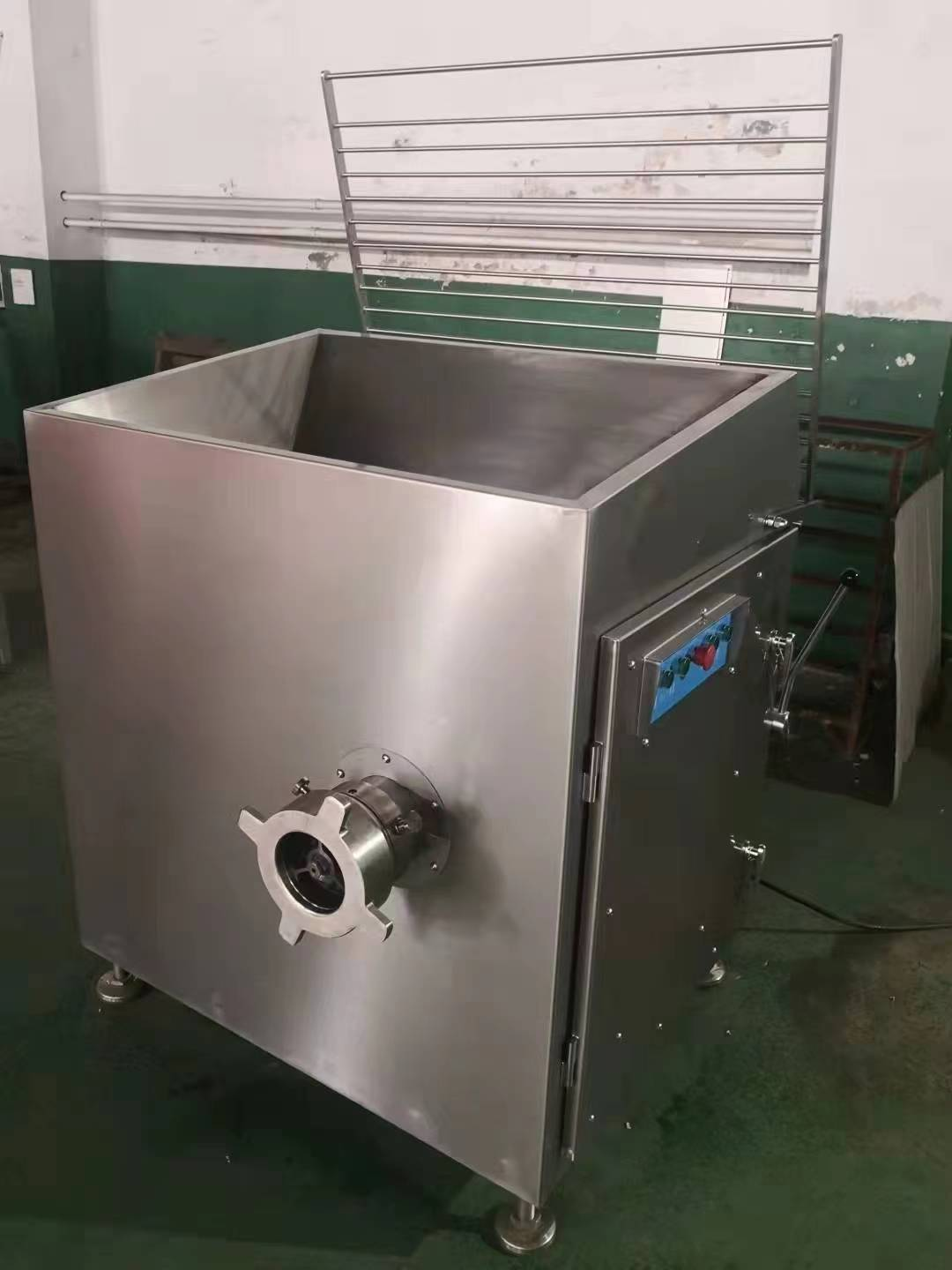
Dec . 24, 2024 06:54 Back to list
Machine for Sausage Packing and Tying Solutions for Efficient Processing
The Evolution and Functionality of Sausage Tying Machines
In the world of food processing, particularly in the meat industry, the production of sausages is an art as much as it is a science. Among the essential tools that have evolved to facilitate this process is the sausage tying machine. This machine has revolutionized how sausages are prepared, ensuring efficiency, consistency, and quality in production. To understand its significance, we must delve into the functionality, history, and advantages of sausage tying machines.
The Functionality of Sausage Tying Machines
At its core, a sausage tying machine serves one primary purpose to secure the ends of sausage casings after they have been filled with meat mixtures. The process typically starts with a caser that fills the sausage skins—usually natural or synthetic with a blend of meats, spices, and sometimes fillers. Once filled, the need arises to seal these sausages to prevent any spillage or contamination during cooking or storage.
Modern sausage tying machines operate using a combination of mechanical and automated processes. The device can be adjusted to produce sausages of varying sizes and types, from traditional links to larger, thicker sausages. Operators feed the filled casings into the machine, which automatically ties off each sausage at pre-determined intervals. This automation not only speeds up production but also enhances uniformity, ensuring that every sausage is tightly packed and secure.
The mechanism typically employs string or netting to tie off the ends. Some machines utilize advanced methods, including the use of clips or staples, marking a significant upgrade from manual tying methods. This mechanization reduces labor costs and the potential for human error, which can lead to inconsistencies in product quality.
A Brief History
The history of sausage tying machines can be traced back to the industrial revolution when mass production methods began to take shape. Before this era, sausages were traditionally made in small batches, often by hand. Skilled artisans used manual tying techniques, which were labor-intensive and time-consuming. As the demand for sausages grew, especially in urban areas, the need for more efficient production methods became evident.
machine for tying sausage

The first sausage tying machines emerged in the early 20th century. They were rudimentary by today's standards, often operated by foot pedals or basic hand cranks. However, these early machines laid the groundwork for the advanced technology we see today. Throughout the decades, innovations in materials and mechanics have led to the refinement of sausage tying machines, making them an indispensable asset in butcheries and meat processing facilities worldwide.
Advantages of Sausage Tying Machines
Sausage tying machines offer numerous advantages that contribute to the modern meat production industry. Firstly, the efficiency of these machines dramatically increases output. Where a skilled worker might tie a few dozen sausages an hour, a machine can automate this process, exponentially increasing production capabilities. This is vital in meeting the ever-growing demand for ready-to-eat and processed meat products.
Secondly, the consistency provided by these machines improves overall product quality. Consumers expect uniformity, not only in size but also in appearance and texture. Machines reduce the variability associated with human labor, ensuring that each sausage meets the same quality standards.
Thirdly, automation enhances food safety. By minimizing the handling of meat, the risk of contamination is significantly reduced. Many modern sausage tying machines are designed with hygiene in mind, featuring easy-to-clean surfaces and components that minimize exposure to bacteria.
Lastly, the ergonomic design of these machines reduces the physical strain on workers. As labor shortages continue to challenge the food industry, automating tasks like sausage tying can help maintain productivity levels without overly taxing the workforce.
Conclusion
In conclusion, the sausage tying machine is a vital innovation in the food processing industry. It has not only streamlined the production of sausages but has also enhanced their quality and safety. As technology continues to advance, it is likely that we will see even more sophisticated models emerge, further transforming the sausage-making process. By appreciating the journey of this tool, we gain a greater understanding of the intricate relationship between technology and food production, which continues to evolve and adapt to consumer needs.